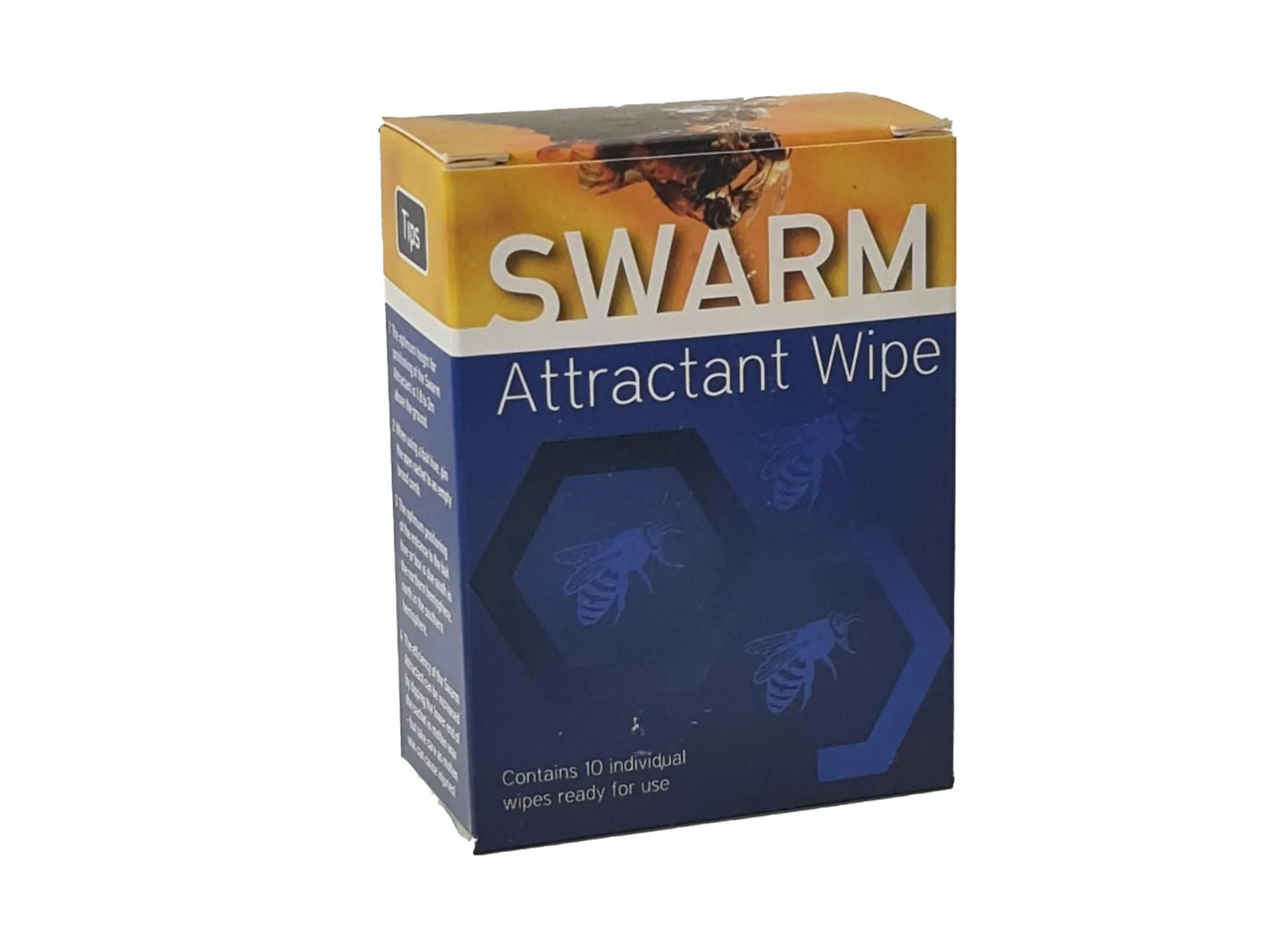1
/
of
1
"Amazing"
Rated 4.9/5 on

Beekeeping Gear
Swarm Lure Attractant, Made in the UK
Swarm Lure Attractant, Made in the UK
Regular price
$43.99 AUD
Regular price
Sale price
$43.99 AUD
Unit price
/
per
Taxes included.
Shipping calculated at checkout.
Couldn't load pickup availability
Share
Swarm Lure Attractant, Made in the UK
Introducing Vita’s Honeybee Swarm Attractant Wipe, a crucial tool for beekeepers to attract and lure passing swarms into skeps or boxes. Made in the UK, this attractant uses essential oils to effectively entice swarms, reducing the risk of them leaving the apiary.
Features
- Effective Attraction: Impregnated with essential oils extracted from plants, proven to attract swarms.
- Convenient Usage: Comes in small sachets resembling cleansing wipes for easy deployment.
- Long-lasting: Each sachet remains effective for up to two weeks, depending on environmental conditions.
- Optimal Placement: Hang or place near bait hives or apiaries at 1.8 to 2 meters above ground for best results.
- Safe Disposal: Dispose of used sachets responsibly according to local regulations after use.
Specifications
- Contents: Box contains ten sachets
- Duration: Effective for up to two weeks after opening
- Enhancement Tip: Dip sachet in molten wax for increased efficiency (with caution)
Enhance your swarm management with Vita’s Honeybee Swarm Attractant Wipe. Order now to effectively attract and manage swarms in your beekeeping operations, ensuring the health and productivity of your apiary.
Explore the benefits of Vita’s Swarm Attractant today and keep your apiary thriving!


